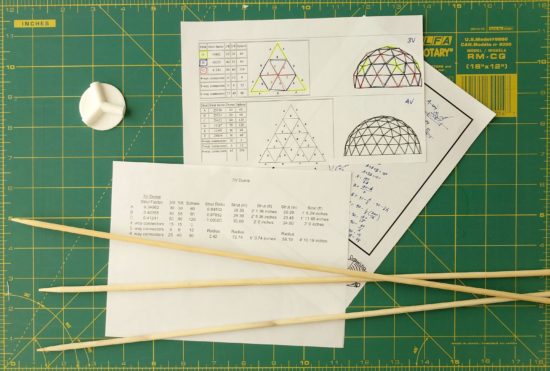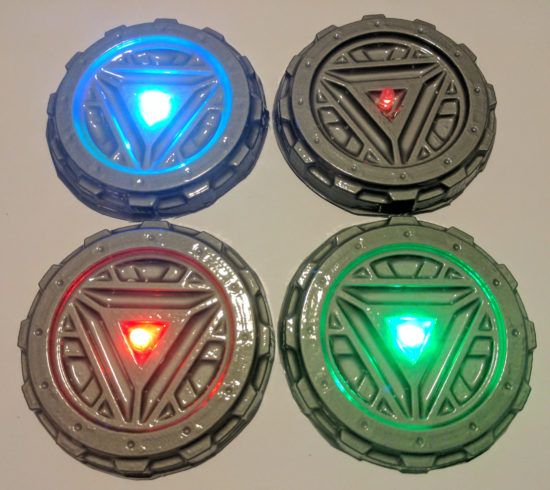This slideshow requires JavaScript.
While I’m not much one for impulse buys, I was unable to prevent myself from purchasing the Adafruit Trinket-Powered NeoPixel Goggle Kit Pack. If you’re on the fence about dropping the $40 for this kit, let me help you out with the pro’s and con’s list I went through before buying my own.
- Cons
- I literally have no practical uses for these goggles
- Other than flashing lights, they don’t actually do anything useful
- Once assembled, they can’t be used as goggles since (a) the LED’s are too bright to expose to even your closed eyes and (b) if you’re able to close off the glare, you’ll have an incredibly narrow field of vision
- The kit is $40
- Pros
- They are seriously badass animated LED flashy goggles
- Sourcing all the parts separately would easily cost you $50, which makes this a deal at $40
Kit Review
As I have come to expect from Adafruit, the kit is, in a word fantastic. The parts are all packed neatly, wrapped, protected, and in a nice black cardboard box. If you’ve never purchased a kit from Adafruit or checked out one of their tutorials, you’re really missing out. The tutorials have lots of high quality pictures, helpful step-by-step directions, and little tips along the way that will undoubtedly make you a better hacker.
I got the basic electronics up and running pretty quickly. From there it was relatively easy to install them into the goggles. My wife and daughter, both skeptical when I first told them about the goggles, immediately demanded their own upon seeing mine.
If you end up buying this kit, I would recommend not doing what I did – hotgluing the Trinket and NeoPixel rings in place. Don’t get me wrong, this is exactly what you need to do to make affix these parts in place for wearing. The thing is – within 24 hours of completing the project my mind was boiling over with ideas of how to Make it Better.™
Hacking the Goggles
The thing is, the kit is actually capable of doing a whole lot more with very minimal hacking. Assembled exactly per instructions, the goggles use just one I/O pin on the Trinket, leaving four unused. The evening after I had assembled the goggles, I dismantled them in order to pull out the Trinket, and soldered additional wires to pins 2, 3, and 4 and spliced three new wires to ground. After soldering a big 12mm tactile button to each of three sets of wires, I hotglued the buttons above the right lens. Now I can use these buttons to interact with the goggles in some small ways.
If you’re thinking of modifying your goggles like my own, you’ll need a little more ribbon cable, three big tactile buttons, a battery extension cable, black craft foam, and a hotglue gun. You don’t really need the extension cable, but it will make keeping the battery inside the goggles and recharging the battery much easier.
The Adafruit website provides several other ways to extend these goggles. You can their tutorials to make the goggles sound reactive, controllable by bluetooth, or if you’re using something more powerful than a Trinket you can add an accelerometer.
My Setup
If you’d like to use my animations, you can find my code on GitHub. I’ve updated the code with several animations:
- Larson Scanner. This is just a single LED lit up, travelling from the left to right and back again.
- Wave Scanner. Two LED’s are lit up, one travelling along the top of the lens and another along the bottom, until it reaches the far side of the goggles, then back again.
- Infinity Scanner. A single LED travels around one lens, then around the other in an infinity pattern.
- Spinny Wheels. Four LED’s on each lens spinning. This is part of the original sketch from Adafruit.
- Sparks. A single LED on each lens lights up briefly. This is part of the original sketch from Adafruit.
- Sirens. One red spinny wheel and one blue spinny wheel.
- aStrobe. The right and left lenses flash white on and off.
The buttons have specific uses as well:
- Button 1 (on pin 2) makes the current animation brighter
- Button 2 (on pin 3) cycles through the animations
- Button 3 (on pin 4) makes all LED’s light up bright red (won’t destroy your night vision!)
- Button 2 and 3 simultaneously make all LED’s light up bright white (destroy everyone’s night vision!)
If you are going to go through the trouble of building this kit, I would highly recommend adding buttons to it and leaving the USB port on the Trinket exposed for later re-programming. There are a few little tricks you can do with just a single button – treating a button click differently than a button press of a certain duration – but I feel that these would probably be more difficult to use than just adding a second button. With two buttons, there are up to three combinations , with three buttons would have up to seven combinations , and four buttons seven billion combinations.
At this point, I’m still experimenting with with ways to make the goggles more useful/awesome. Perhaps another post is in order?
Default Series Title



